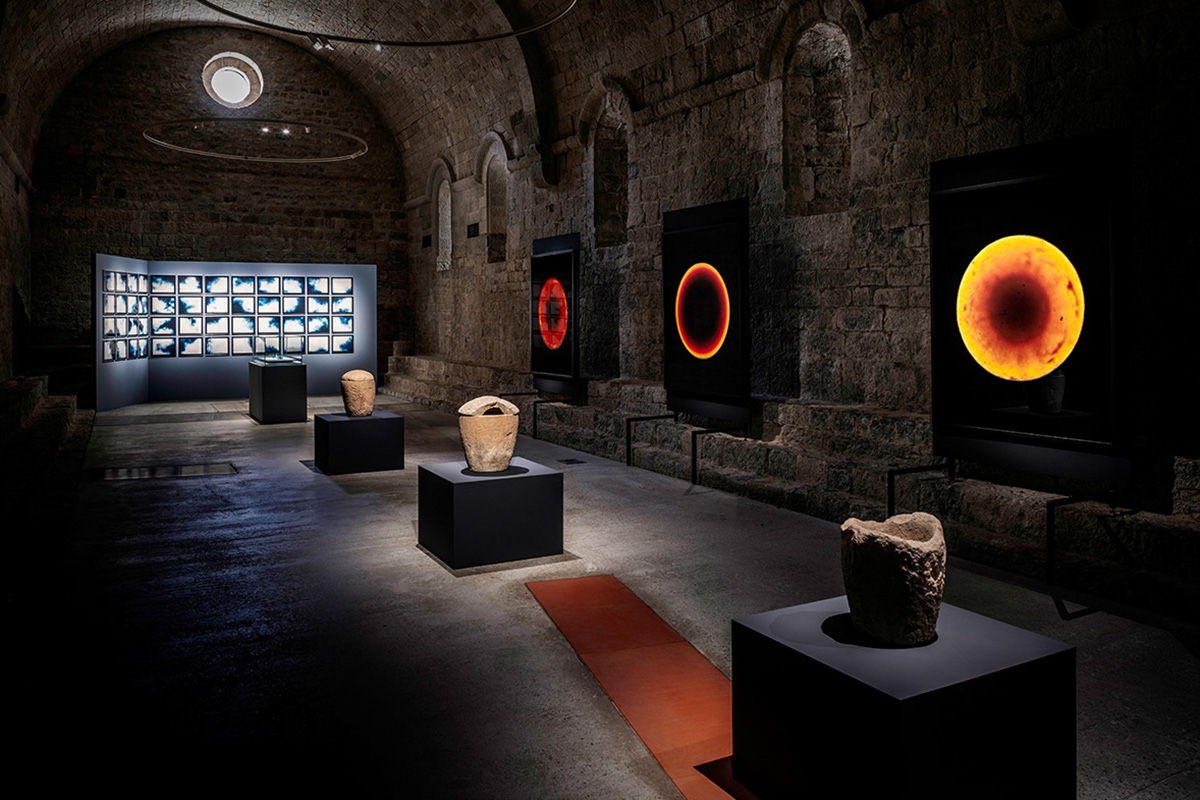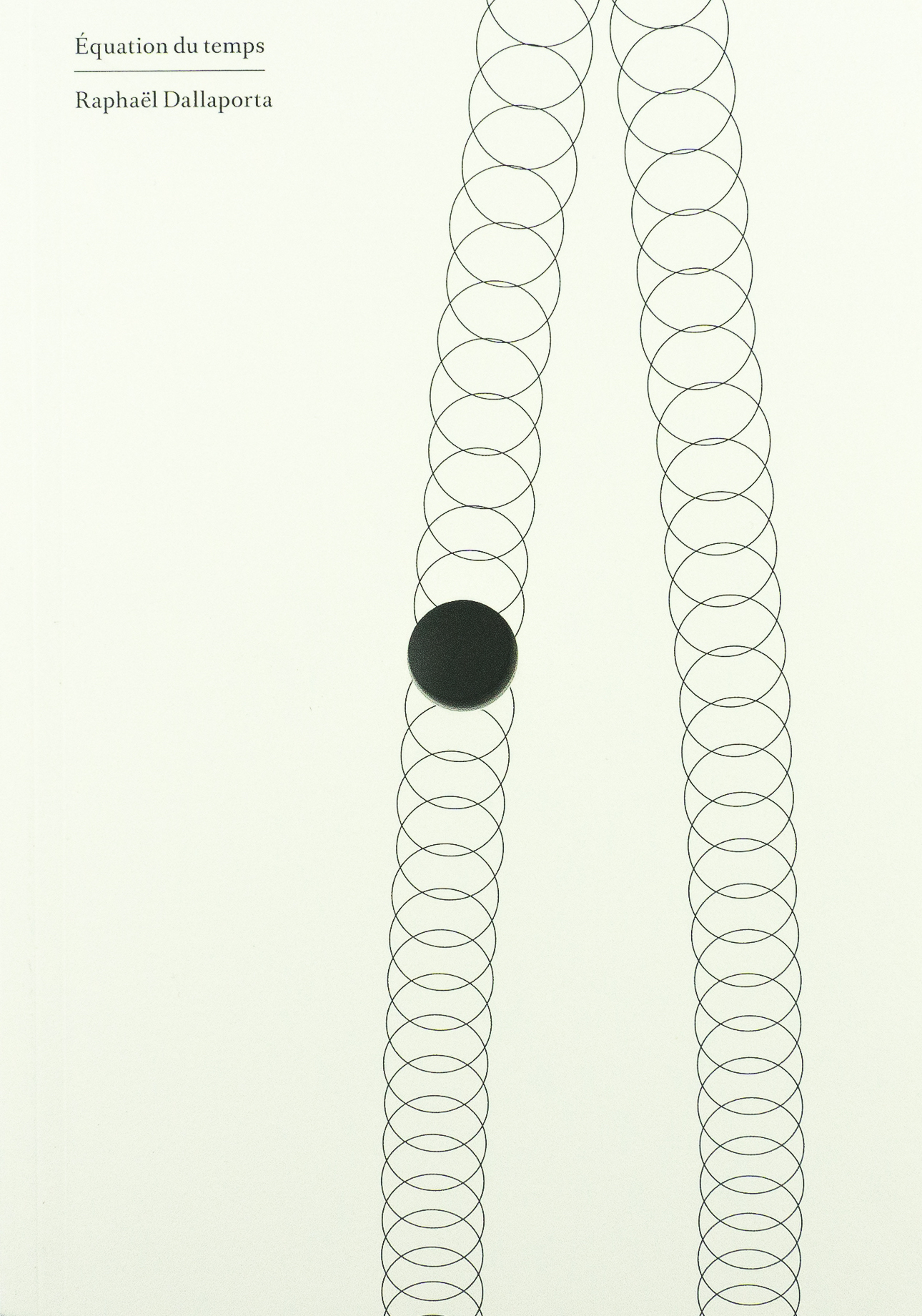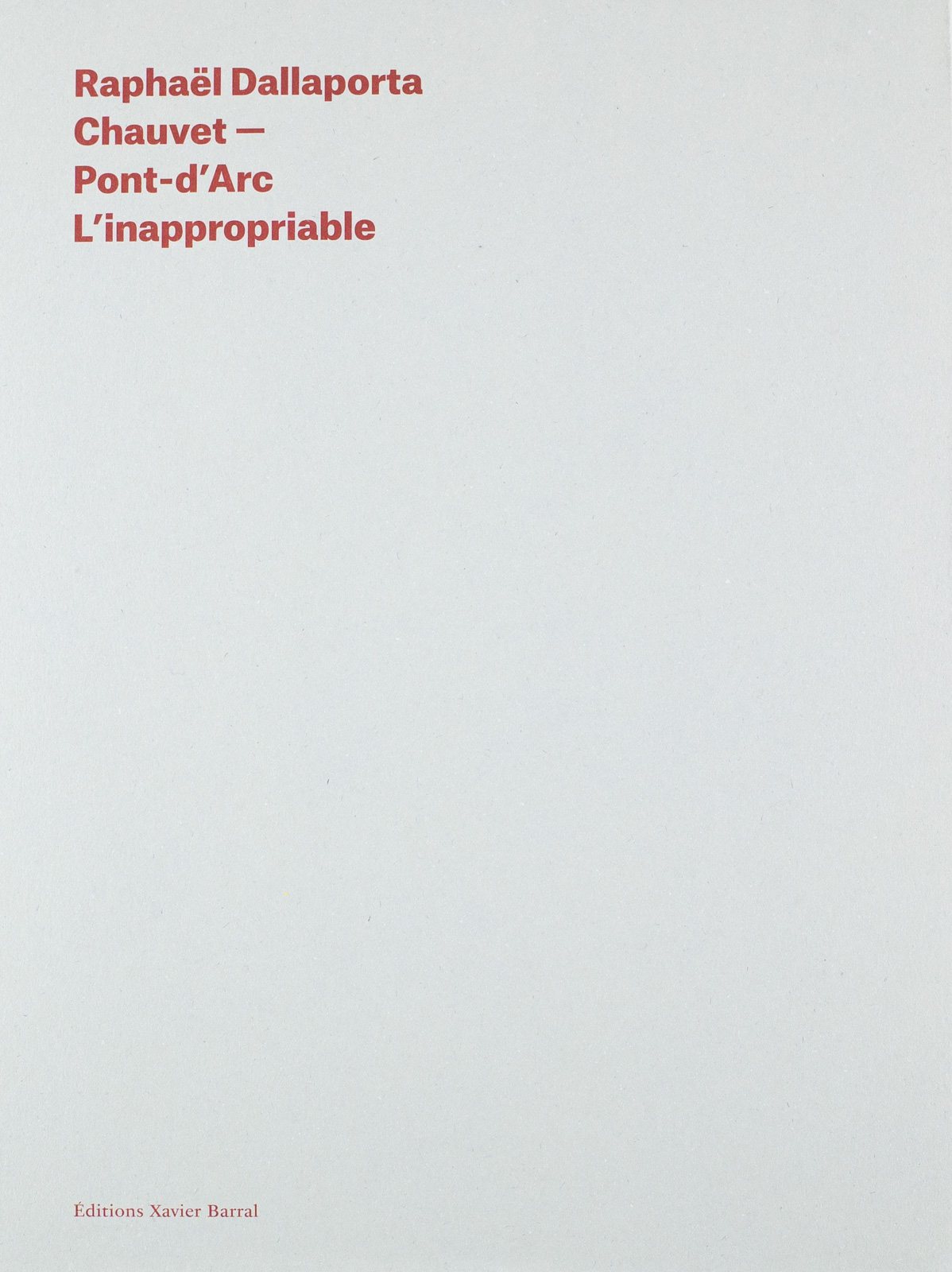Gallery news

Ode to Time
Abbaye de la Celle, Var, France
Built on the site of a Roman villa, the Romanesque abbey of La Celle, in the French department of Var, is to host a summer exhibition entitled Ode to Time [Éloge du temps], created by Raphaël Dallaporta and curated by Françoise Docquiert. The photographer, winner of the Niépce Prize in 2019, goes beyond the mere capturing of images. He establishes links between history, archaeology, astronomy and the arts, highlighting the connection between progress and the evolution of humankind.
The five exhibition rooms explore the different facets of time and prophecy. Engaged in a dialogue with heritage, the diverse exhibits range from a sundial sculpture in the inner courtyard to photographic compositions that create the illusion of cosmic clouds. This fusion of energy and sobriety strikes a harmony with the Romanesque architecture and the archaeological vestiges present in the abbey, a place conducive to introspection. The immersive tour of this fascinating exhibition invites us to go beyond the seasons and reflect on our relationship to the world.
— Françoise Docquiert, curator of the exhibition
This exhibition is part of the Grand Arles Express, Les Rencontres d'Arles.


